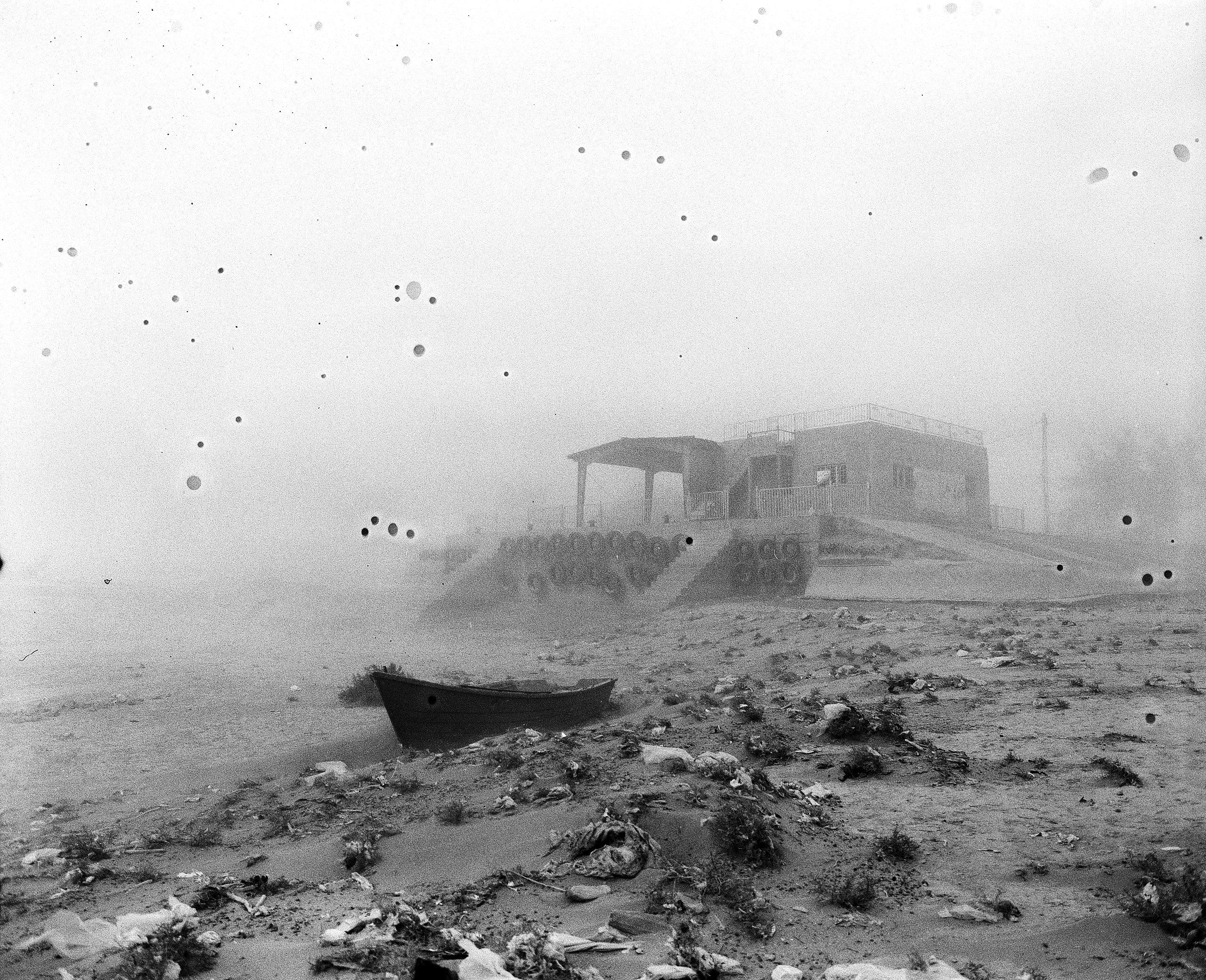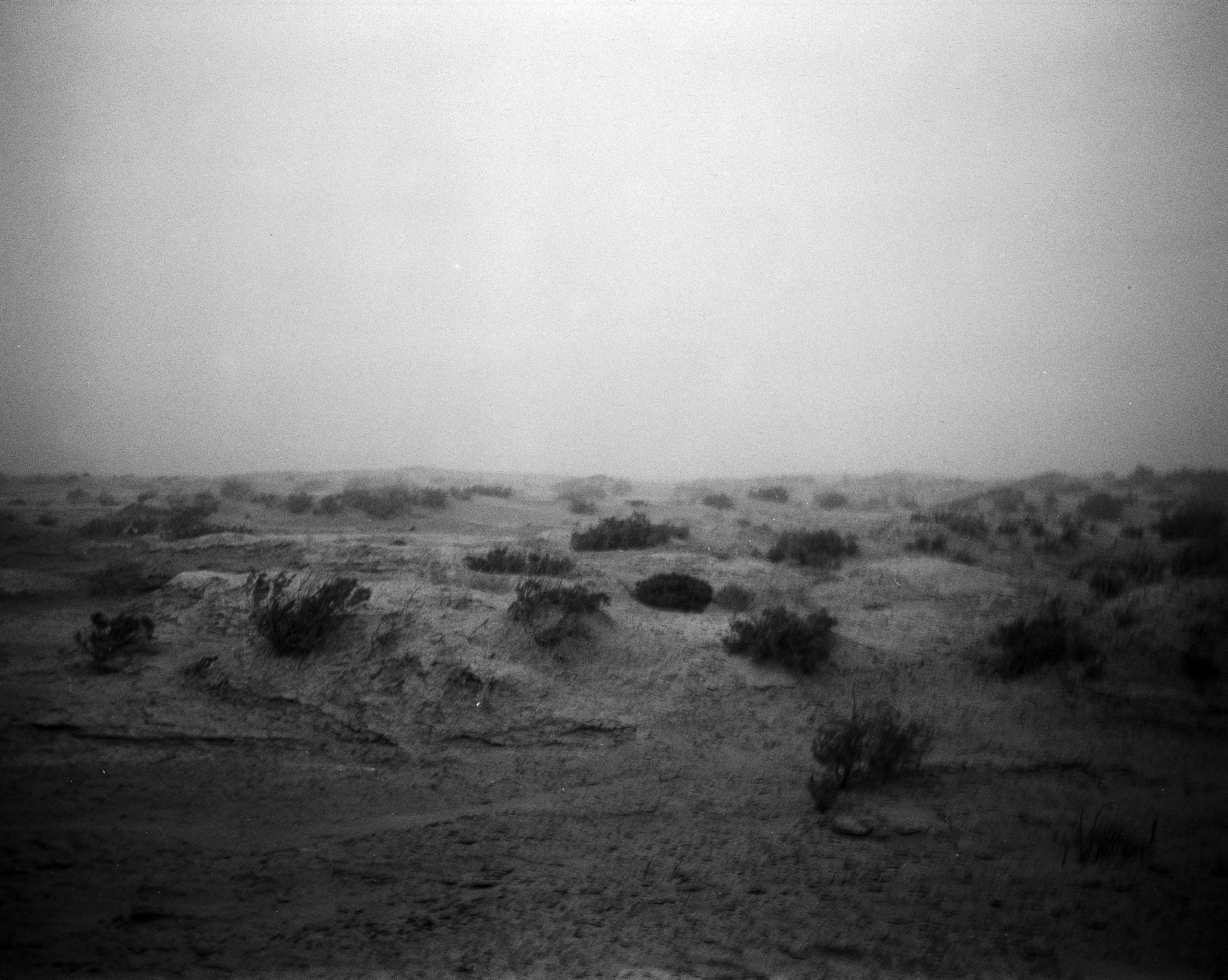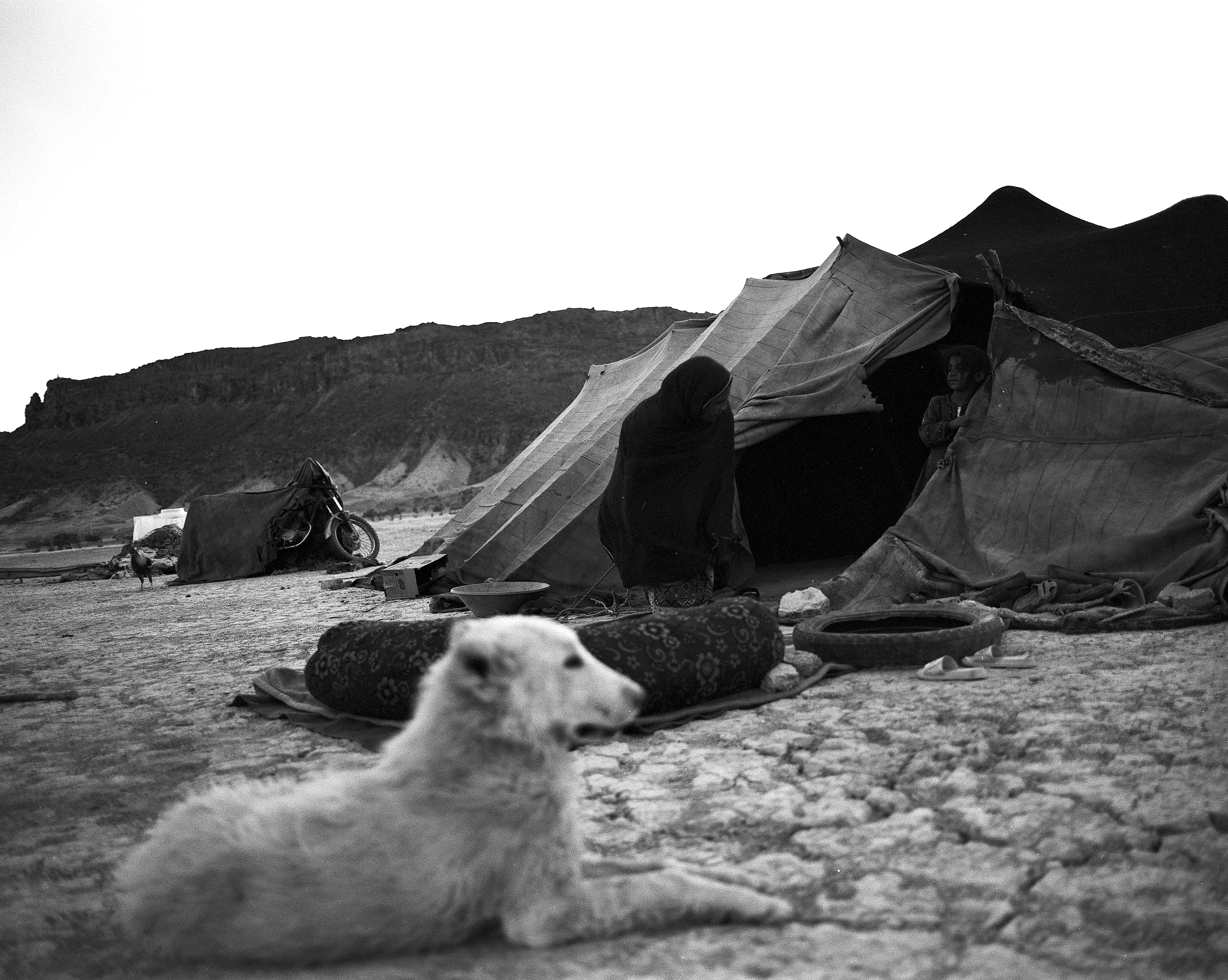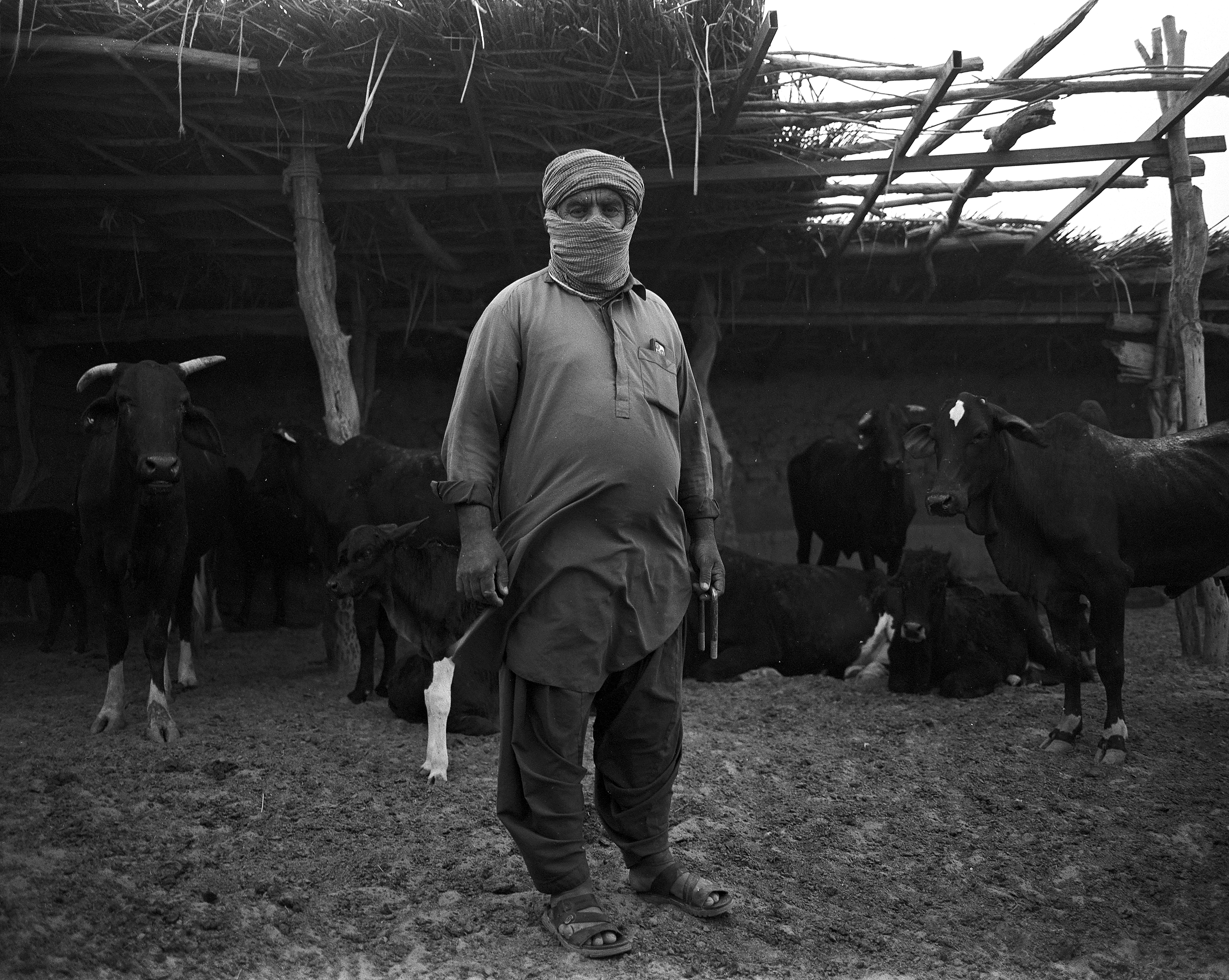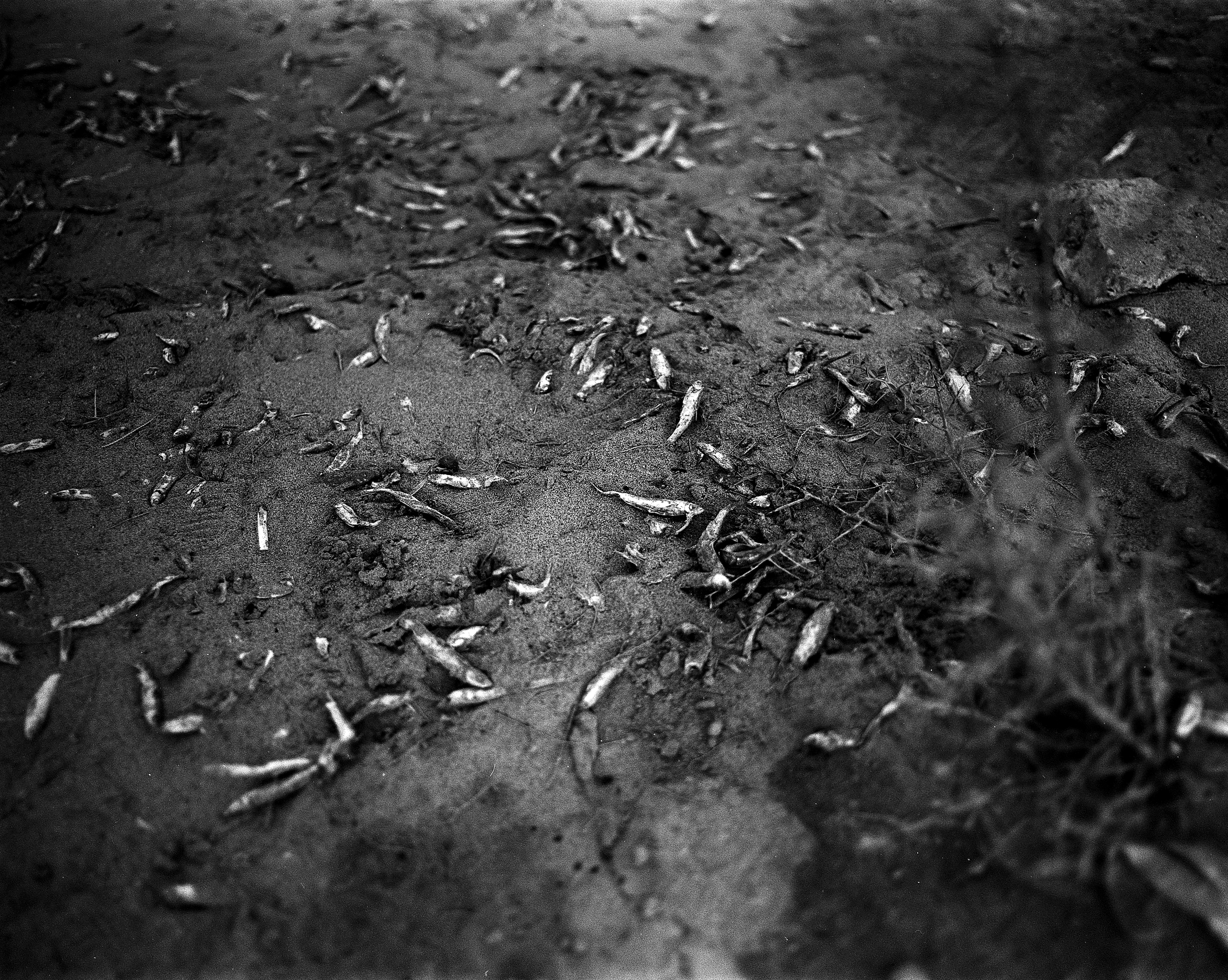Standing in the Embrace of Sand Storm
Dust storms bring some of the most serious health problems in Sistan – affecting the lungs, the heart and the eyes. The 120-day winds, which rise each year from mid-spring to late summer, are at the centre of this struggle. Drought, at its worst in the past twenty-five years, has made these storms even harsher. Lake Hamoun has suffered most, its decline caused by falling rainfall and by Afghanistan cutting off the flow of its water.
The part of the lake known as Hirmand, with villages such as Saravani, Deh Marde and Takht-e-Adalat, is hit hardest. The storms here are the most severe. Another part, near Mount Khajeh and some 25 kilometres from Zabol, was once home to nomads who lived along the lake’s shores. Today, after years of drought, most of them have left. Around 95% have moved into towns and cities.
For decades, despite the drought, much of Sistan’s drinking water has come from four artificial lakes, filled at times by seasonal floods crossing the border from Afghanistan and held back by the Jirike dam. Now, one of these lakes has dried up completely, and the others are running dangerously low. Yet these lakes are not only vital for water. On weekends, families once came here to boat and spend time by the water.
The drought has forced many to leave their homes for good, moving to nearby cities or other provinces. Livelihoods built on herding and farming have all but disappeared. A few still struggle to continue, but most have had to find other ways to survive. For some, this has meant turning to fuel smuggling – one of the last options left to cover daily needs.
